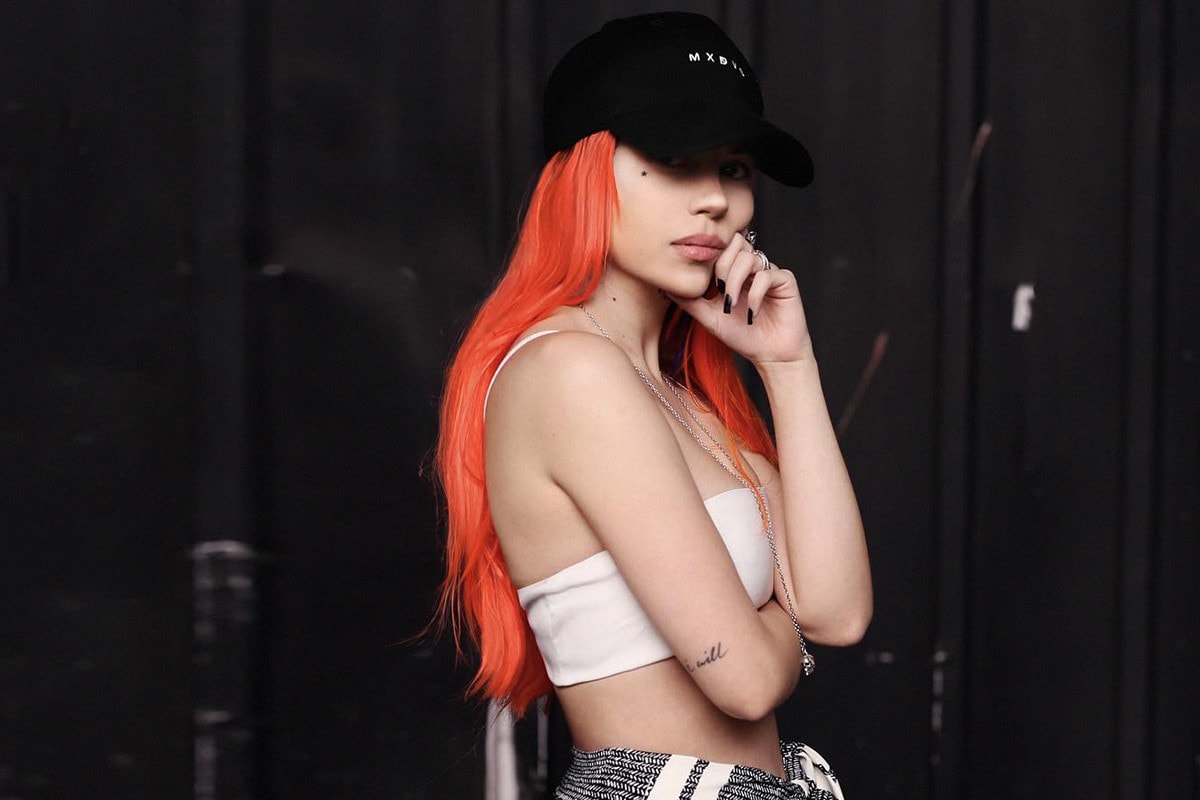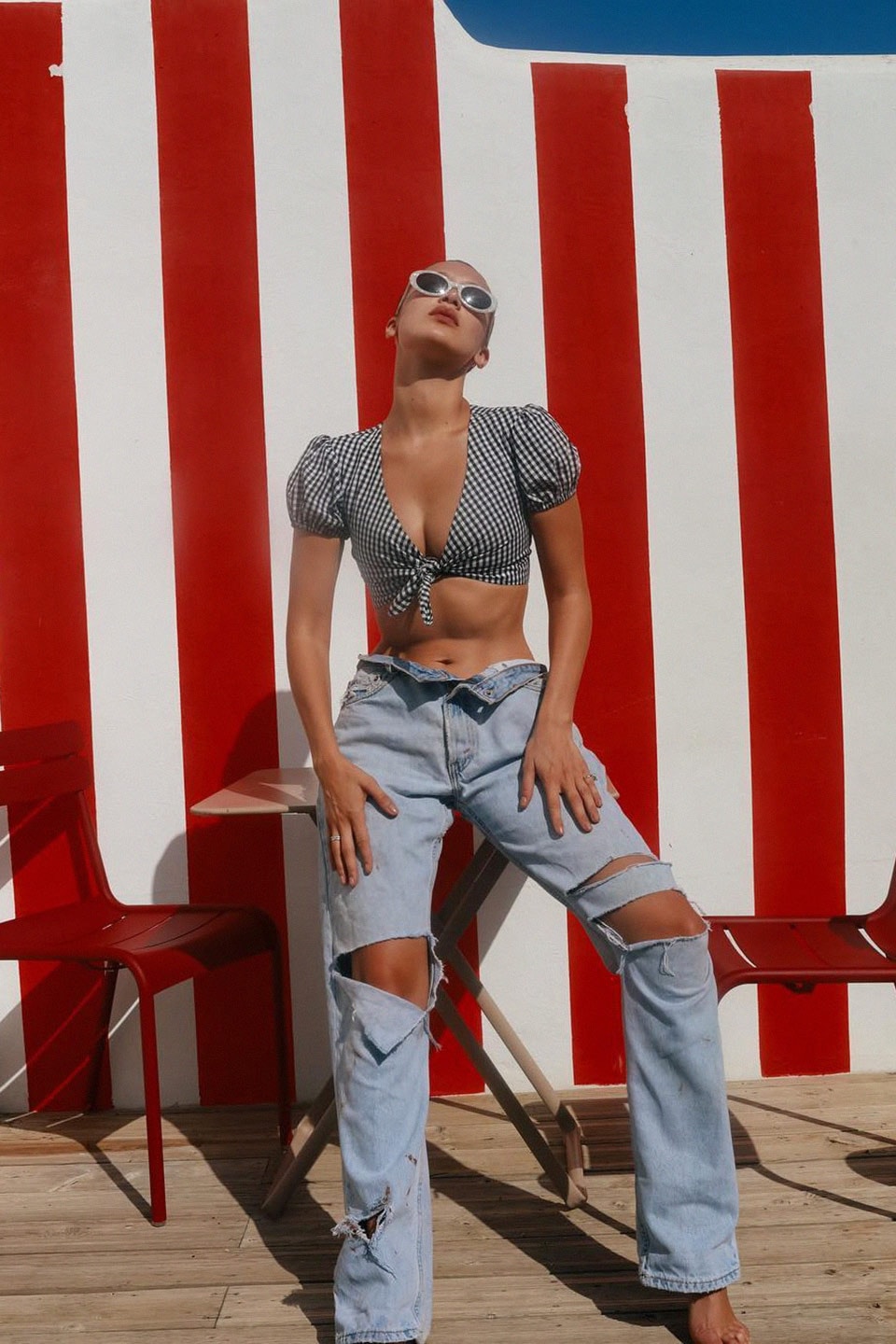Sourced from HIGHSNOBIETY
Influencer marketing on Instagram is now a billion dollar industry.
With more than 700 million people scrolling through their feed each month, prices have been hitting serious highs. According to Forbes, an account with over a million followers can earn upwards of $50k for a single sponsored post. When Buzzfeed analyzed sponsored content by the top 50 celebrities on Instagram, they found that nearly half were part of long-term brand collaborations, which can earn celebrities millions over the campaign’s lifetime.
Marketers have noticed that once an account is over a certain size, however, fewer people bother to engage. The ratio of likes and comments to followers peaks when an account has around 1,000 followers. Get more than 100,000 followers, and engagement starts to flatten out; users just aren’t as keen to interact with a celebrity as with someone they can relate to more closely.
Enter the micro-influencer: accounts with followers in the tens rather than hundreds of thousands, and usually working a particular niche. These users are reckoned to represent a more authentic and creative voice than famous influencers, and an ever-expanding set of agencies, tools and services is appearing to help them and brands get the most benefit out of each other.
Takumi, an app which matches brands with users, is vying to become a leader in the field. Co-Founder and CEO Mats Stigzelius says: “Influencer marketing is still in its early stages but will grow into a major marketing channel over the next five years. Brands are increasingly leveraging social media influencers to reach their ideal consumers more organically.”
Takumi’s founders say they wanted to replicate sharing-economy companies Uber and Airbnb. “We thought this is just obviously the way to do influencer marketing. Through real people and an efficient marketplace.”
Takumi joins agencies like Dovetale and Fohr Card which use differing degrees of automation to match and manage influencer campaigns. Other apps, such as Liketoknow.it, pay influencers based on the amount of interest they generate for the products they feature.
The bar to entry can be surprisingly low. Spread It, a Hong Kong-based start-up which offers micro-influencers in-kind rewards rather than hard cash, invites sign-ups from users who get an average of just 50 likes per post.
Previously, the route to monetizing even a large follower base was far less clear. Either businesses had to reach out to potential influencers or Instagrammers had to pitch their promotional services to brands on a case-by-case basis. Not everyone who’s good at taking photos can also sell advertising; successful marketing departments are rarely a one-person show.
Dan Chizzoniti, a menswear and fitness influencer from New York who also works for an influencer marketing agency, says these services make the experience more streamlined. “From a blogger standpoint I just have to sign up and they send me things that would work for me. They do all the heavy lifting that I would be spending hours and hours trying to do. I don’t have to worry about sifting through Instagram; I can focus on strategy and doing more for my brand.”
After years of building a following on different platforms, Dan says he earns “a few thousand dollars” a month for 10 to 15 hours spent on his Instagram each week.
As Mashable recently reported, it is still surprisingly easy to game the system using bots, fake followers and stock photos. But the industry is finding ways to weed out the scammers to satisfy their clients’ demands for authentic engagement. “A lot of these influencers don’t know that it’s coming, but brands are getting smarter and getting new tools to show who has fake followers,” says Dan.
Brands are also paying more attention to the strengths and weaknesses of each influencer, and spreading their budget across different accounts – especially important on a platform where the average user misses an estimated 70% of the posts in their feed.
All of which means that as influencer marketing professionalises and grows, you’re going to see much more #spon and #ad on your feed. The number of brand-sponsored posts – and the amount of money spent on them – is projected to double in the next two years.
Yet, not everyone is comfortable with leveraging their account to sling merch. “I’ve been offered to promote products, but it wasn’t worth the money to upload some ridiculous mirror selfie in a piece of clothing that I’d never wear,” says Mathilda, 26, a former fashion model turned photographer from Sweden with a sizable Instagram following. “It’s already hard enough to be taken seriously as a young female.”
As more start-ups and agencies enter the game, it’s reasonable to expect a lot of the cash, and recognition, to flow to influencers who are most comfortable with corporate advertising. That might be great for them, but not so great for the creativity which made the platform so appealing to brands in the first place.
- Words: Michael Hornsby
- Main & Featured Image: @Lironeini / Instagram









